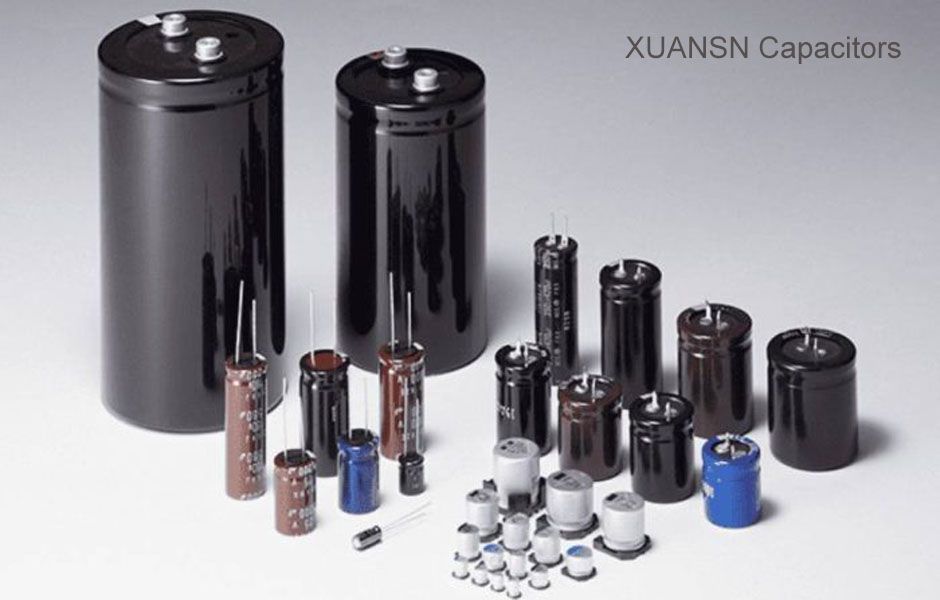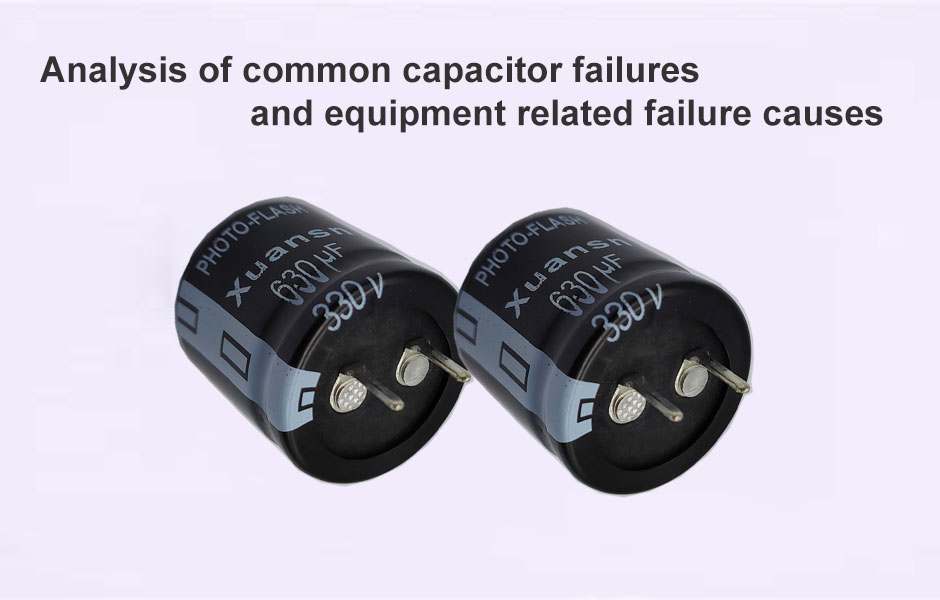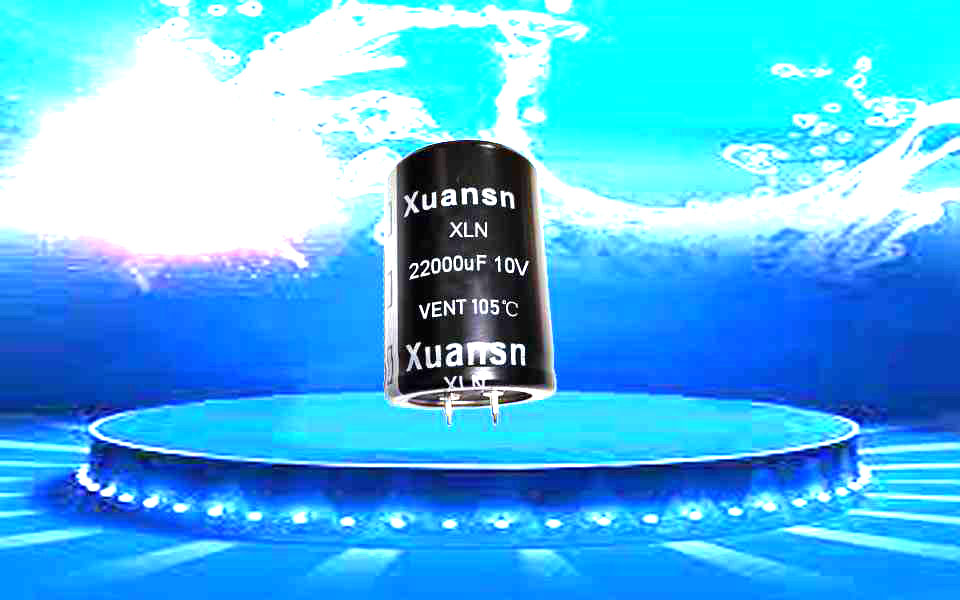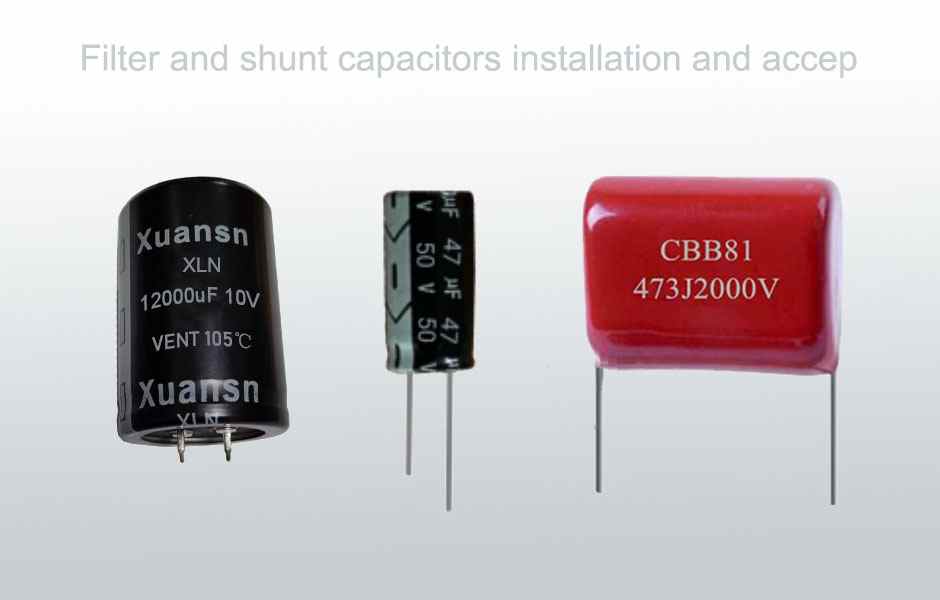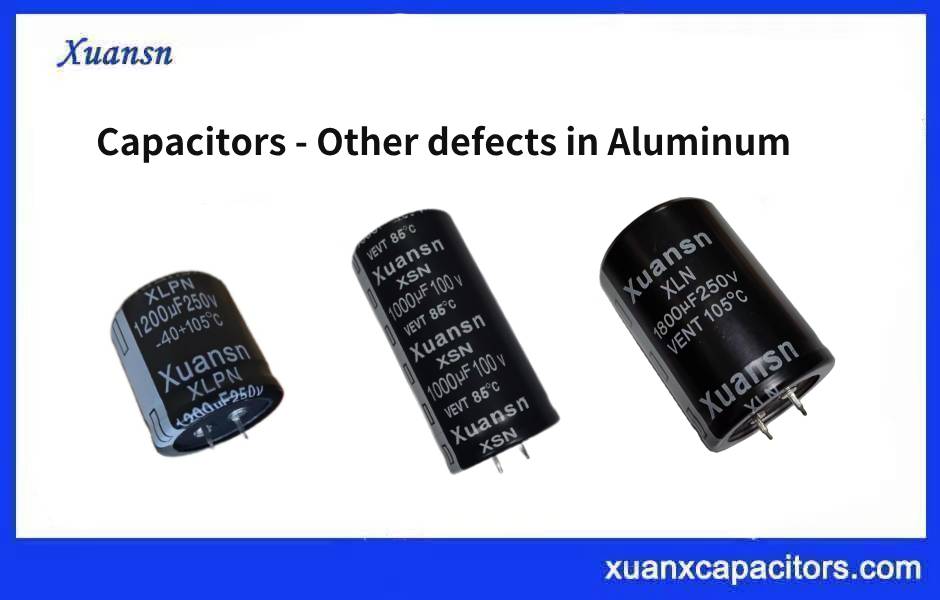The decoupling capacitors is a capacitor installed on the power supply terminal of the component in the circuit. This capacitor can provide a more stable power supply, and can also reduce the noise of the component coupled to the power supply terminal, and indirectly can reduce the influence of other components on the noise of the component.
In electronic circuits, decoupling capacitors and bypass capacitors both play an anti-interference role. The location of the capacitor is different, and the name is different. For the same circuit, the bypass capacitor takes the high-frequency noise in the input signal as the filtering object, and filters out the high-frequency clutter carried by the previous stage. The decoupling capacitor is also called the decoupling capacitor, which is the output signal. The interference as the filtering object. The decoupling capacitor is used in the place where AC is not needed in the amplifying circuit to eliminate self-excitation and make the amplifier work stably.
In a circuit with a shared conductor, when a power supply is shared, when a device needs to provide an external output, the voltage of the conductor will be pulled down at the same time, resulting in noise coupling into the shared circuit. In a noisy environment, these electromagnetic waves will induce voltage signals in the conductor and affect the components in the loop. In digital circuits, devices are prone to generate erroneous signals due to interference at critical positions, resulting in erroneous actions. Decoupling capacitors can reduce the occurrence of the above situations.
Decoupling capacitors are generally placed at the power supply near the component to reduce the influence of wiring impedance on the filtering effect. Ceramic capacitors are mostly used for decoupling capacitors, and their value is determined by the fastest rise and fall speed of the voltage signal.
